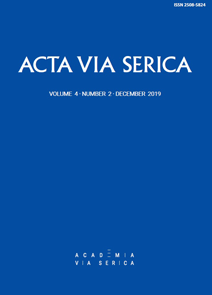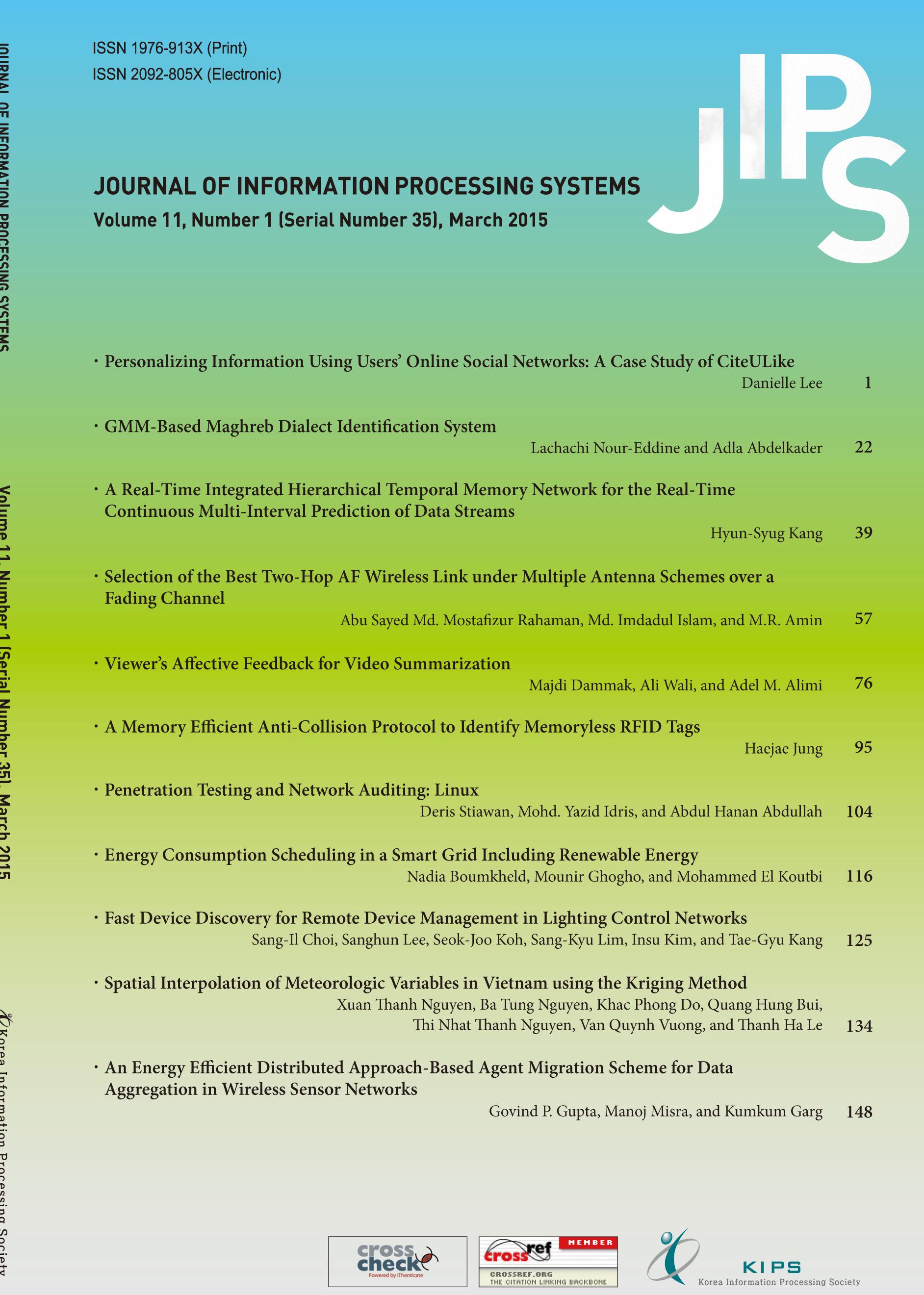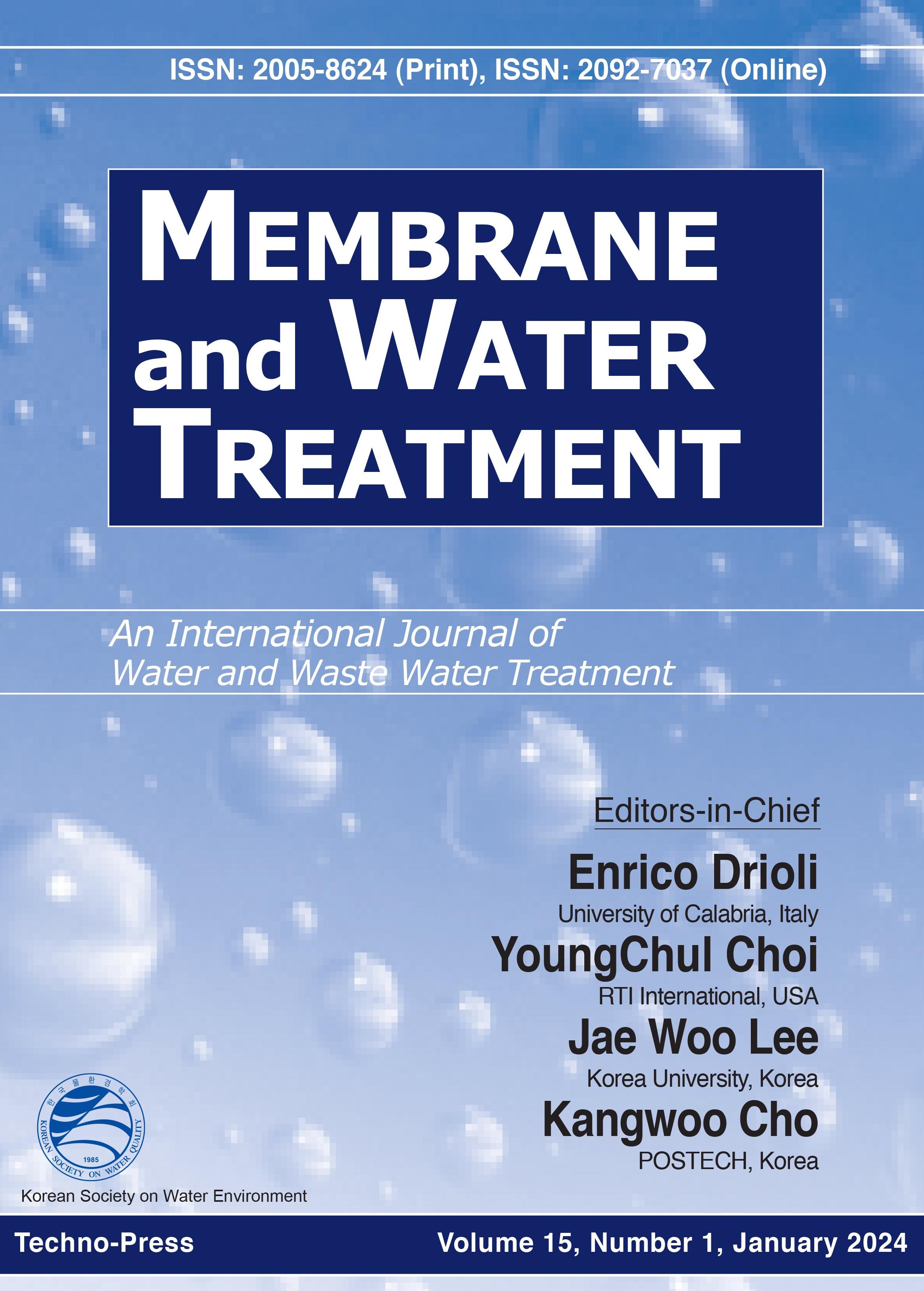High-Performance Graphics
HPG 2020
- URL: https://www.highperformancegraphics.org/2020/
- Event Date: 2020-07-16 ~ 2020-07-18
- Abstract Submission Date: 2020-04-13
- Submission Date: 2020-04-16
Computer Graphics Computer Vision & Pattern Recognition
Conference Info
High-Performance Graphics is co-sponsored by ACM SIGGRAPH and Eurographics. The program features three days of paper and industry presentations, with ample time for discussions during breaks, lunches, and the conference banquet. The conference is co-located with SIGGRAPH 2020 in Washington, D.C. and will take place on July 16-18, 2020.
Papers Track
We invite original and innovative performance-oriented contributions to the design of algorithms, programming systems, and hardware architectures, for all areas of graphics in the broadest sense, including rendering, virtual and augmented reality, ray tracing, physics, and animation. We also invite contributions to the emerging areas in visual computing such as high-performance computer vision and machine learning as well as topics on compiler and language technology. Topics include (but are not limited to)
Hardware and systems for high-performance graphics
Graphics hardware simulation, optimization, and performance measurement
Shading architectures
Novel fixed-function hardware design
Hardware design for mobile, embedded, integrated, and low-power devices
Cloud-accelerated graphics systems
Real-time and interactive ray tracing hardware or software
Spatial acceleration data structures
Ray traversal, sorting, and intersection techniques
Scheduling and shading for ray tracing
Hybrid rendering with rasterization and ray tracing
Hardware-acceleration for ray tracing
Rendering algorithms
Surface representations and tessellation algorithms
Texturing and compression/decompression algorithms
Interactive rendering algorithms (hardware or software)
Visibility and illumination algorithms (shadows, rasterization, global illumination, …)
Physically-based rendering algorithms and data structures
Image sampling, reconstruction, and filtering techniques
Neural rendering
Denoising for rendering
High-performance machine learning techniques
High-performance machine learning systems for graphics
Deep Learning approaches with a focus on real-time graphics and image generation
Acceleration of training and inference approaches
Hardware-acceleration for machine learning
High-performance and real-time computer vision
Real-time computer vision techniques; e.g., image and video processing
Visual data analysis and scene understanding
Large-scale computer vision systems (efficient data management/processing)
Programming models, languages, and compilation techniques
Programming models and languages for graphics, vision, and image processing
Compilation techniques for specialized architectures and parallel computing
Shading language design and implementation
Programming abstractions for interactive rendering pipelines
Hardware and software systems for emerging display technologies
Novel display technologies
Virtual and augmented reality systems
Low-latency rendering and high-performance processing of sensor input
High-resolution and high-dynamic range displays
Parallel computing for graphics and visual computing applications
Physics, sound processing, and animation
Large data visualization
Novel applications of GPU computing
Paper Submission Information
HPG has a single track for paper submission. The International Program Committee will designate each accepted paper as a “Journal Paper” or “Conference Paper.” This decision will be based on the maturity of the work and its presentation, not necessarily the magnitude of the contribution. Journal Papers will be published in a special issue of the Proceedings of the ACM in Computer Graphics and Interactive Techniques (PACMCGIT) journal. Conference Papers will appear in the HPG 2020 proceedings. Both Journal and Conference papers will be archived in the ACM Digital Library and Eurographics Digital Library.
Authors are invited to upload papers electronically in Adobe PDF format by visiting the submission area. Submissions must be anonymous (in which the paper contains no identifying information). Video sequences in standard formats may be submitted using the electronic submission system. Dual submission to other peer-reviewed conferences or journals is not allowed; any paper submitted to another peer-reviewed venue and under consideration during the HPG review cycle will be rejected.
Submitted papers will be evaluated by the International Program Committee and external reviewers using double-blind peer review. There is no rebuttal process. Accepted papers will require a second round of peer review to verify that the mandatory changes have been implemented.
For further information please contact: papers@highperformancegraphics.org.
Paper Length and Format
Papers should be formatted according to the ACM SIGGRAPH publication guidelines and use the “sigconf” style. Note that papers accepted as “Journal Papers” may require changing the format while preparing the final camera-ready version.
There is no fixed maximum length for a paper. However, the magnitude of the contribution must be proportional to the length of the paper. Papers longer than ten typeset pages must make a very significant contribution to be accepted.
Writing plays an important role in the assessment. Omitting important details or tampering with formatting rules may cause a paper to be graded lower than a longer paper that is clearly written, without being repetitive or verbose.
Hot 3D Systems Track
We invite vendors in the graphics industry to submit presentations of their latest and greatest graphics chips, high-performance software, and system designs. Presentations should be 20 minutes long, with a focus on technical aspects of real products (marketing-oriented talks will no be accepted). Hot 3D presentations are not considered archival publications for the purposes of future submission to peer-reviewed venues.
For further information please contact: hot3d@highperformancegraphics.org.
Posters
We also invite the submission of posters describing ongoing or late-breaking work. In addition to traditional posters, this session will be enhanced to provide opportunities for paper authors to present implementation details or hands-on demonstrations.
Posters will be exhibited in the break areas throughout the conference. For each poster, we will attempt to make space available upon request for interactive demonstrations. Poster authors will be responsible for printing the poster, bringing it to the conference, and setting it up. Easels will be provided.
Poster Submission Info
Prepare an extended abstract (one page maximum) that summarizes the work using the paper format described above.
Prepare a high-quality version of the final poster.
Send both items (in PDF format) to posters@highperformancegraphics.org.
For further information please contact: posters@highperformancegraphics.org.
Important Dates
All deadlines are at 22:00 UTC/GMT
Papers
Monday, April 13 Deadline for paper registration
Thursday, April 16 Deadline for paper submissions
Monday, May 18 Notification of conditional acceptance
Monday, June 1 Revised papers due
Friday, June 5 Notification of final acceptance
Monday, June 8 Camera-ready deadline
Posters
Monday, May 25 Deadline for poster submissions
Monday, June 1 Notification of poster acceptance
Hot3D
Monday, May 25 Deadline for Hot3D proposals
Monday, June 1 Notification of acceptance
Conference
Thursday-Saturday July 16-18 Conference
Wolfgang Strasser Best Paper Award
An award of $1000 will be given to the authors of the most outstanding paper presented at the event. The award is based on the accuracy, originality, and importance of the technical concept, the quality and readability of the manuscript, as well as the content and delivery of the verbal presentation. The winner will be chosen by the organizing committee based on audience feedback and will be announced at the end of the conference.
Demonstrations
Presenters and participants are invited to bring prototypes and products for demonstration at the event. Demonstrations will be held during breaks, during the poster session, and before and after the sessions. We highly encourage paper authors and industry presenters to demonstrate their systems. Please contact the organizing committee by email at general@highperformancegraphics.org to arrange for space or electrical connections that may be required for your demonstration.
Student Competition
More information coming soon!
Diversity Scholarship
HPG now extends a diversity scholarship program for funding travel and expenses to attend the conference. The scholarship application will be open to individuals in underrepresented groups working in graphics and related research areas. Our program provides both travel and registration scholarships to HPG. For information on the program and how to apply see Diversity Scholarship page.













